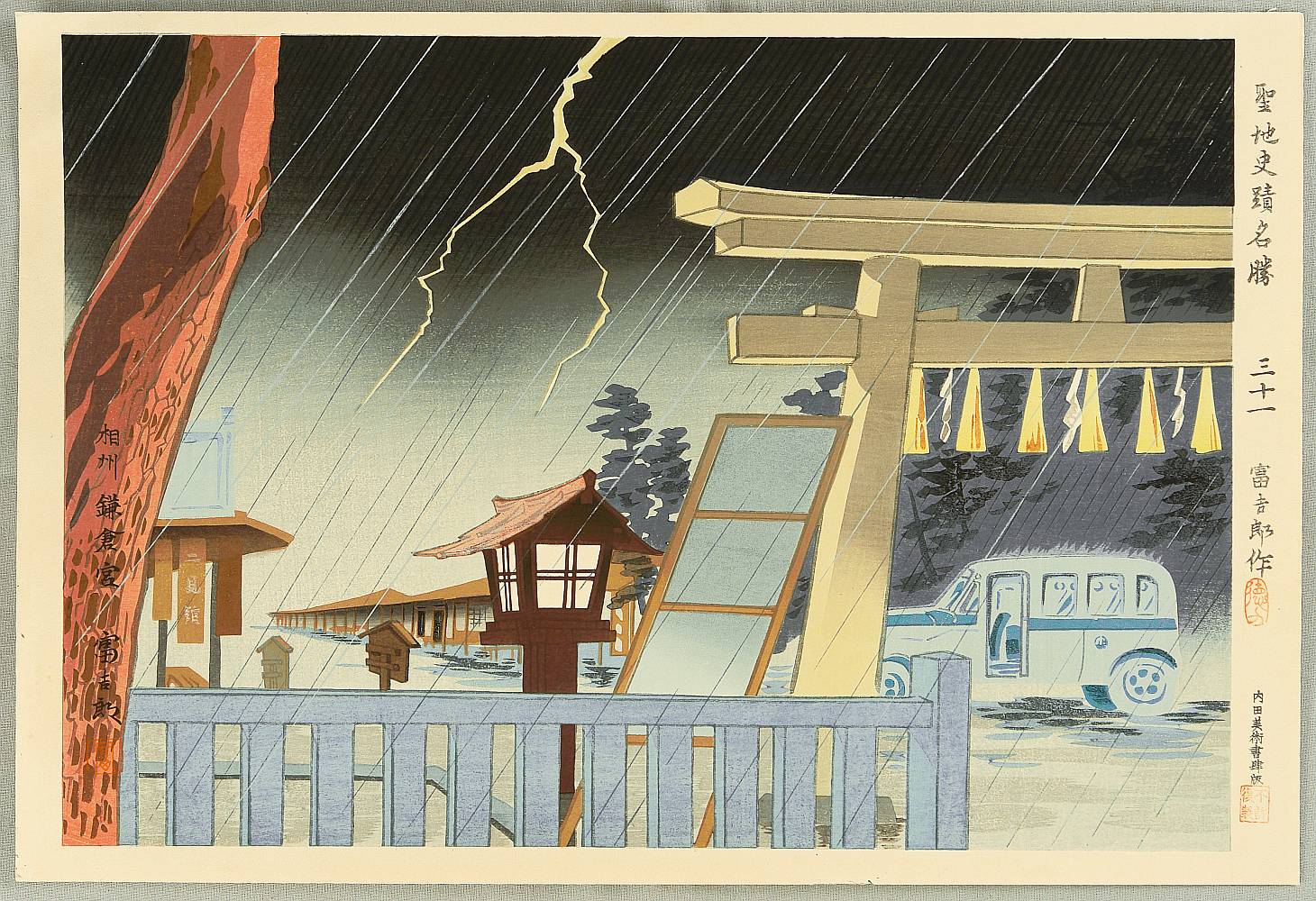Just as today, in Bashō’s day there were many people who claimed expertise about things they really didn’t know much about. Bashō was a follower of Zen and it annoyed him that many people at the time pretended to know more about it than they did. He wrote:
稲妻にさとらぬ人の貴さよ
inazuma ni satoranu hito no tattosa yo[1]
one who sees lightning
without becoming enlightened
how admirable!
—Bashō[2]

All of you reading this likely know the stereotypical images of a Zen monk achieving sudden enlightenment (satori) upon something dramatic happening, such as him being slapped, or a bucket falling, or some such. A lightning flash is often used as a symbol of this satori. Bashō is playing off that popular image and attacking those people of his day who would learn a little about Zen or do a little meditation and suddenly start claiming deep knowledge of Zen and enlightenment; while at the same time praising those who don’t feel the need to boast about themselves or spread their own superficial knowledge.
Bashō wasn’t the only one frustrated by this trend. Before this haiku, he quotes a contempt Zen priest who remarked “A shallow knowledge of Zen leads to great harm”. Real Zennies who have followed the discipline for years and have some degree of knowledge and experience typically don’t talk much about it and downplay any profound experience they might have had. This isn’t usually due to modesty or any Zen rule that seeks to keep this knowledge a secret, but rather to avoid being misunderstood by those not studying Zen and to prevent these ideas of Zen being a mysterious art that can lead to enlightenment from spreading.
More generally, this haiku can be seen as praising all who realize their limited-knowledge and don’t go around promoting themselves. It’s very much in line with the statement attributed to Socrates, “All I know is that I know nothing”—or in modern terms, the Dunning-Kruger effect.



